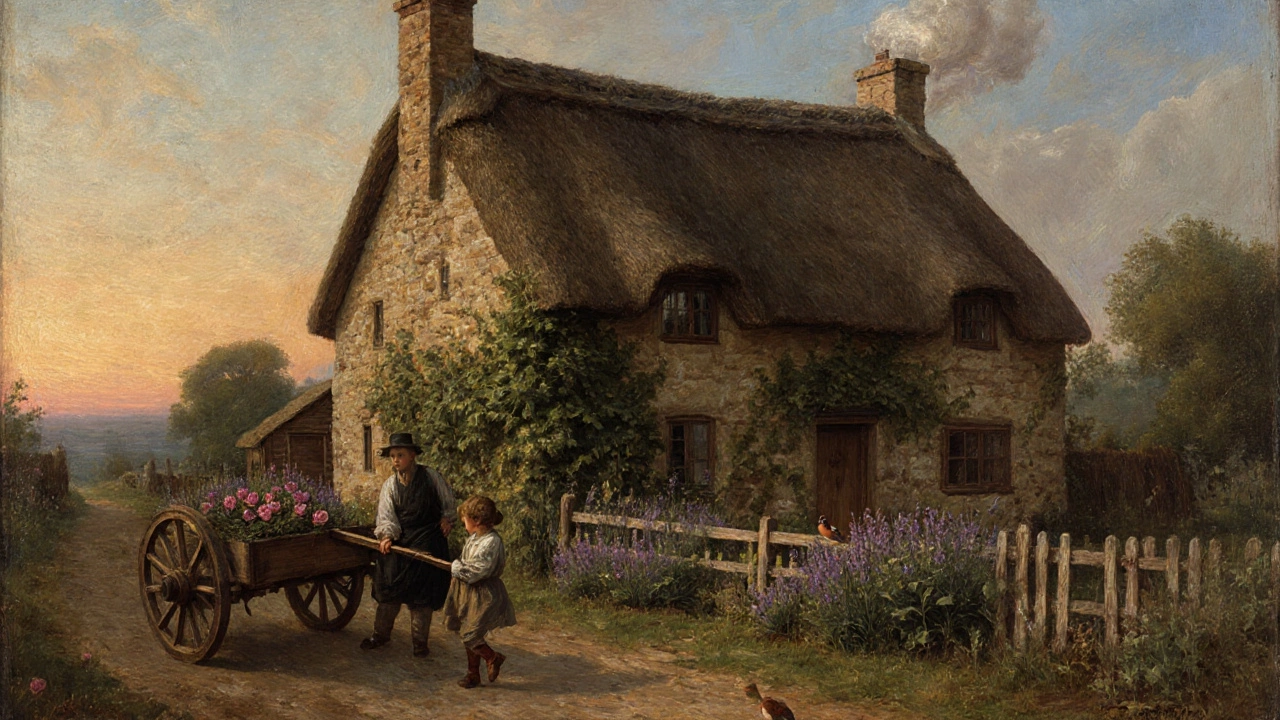Discover the true origin of the word “cottage,” its evolution across centuries, and how the term shapes architecture, culture, and modern living.
Cottage History: A Quick Look at England’s Charming Past
Ever wonder why a cosy stone cottage feels like a step back in time? The story of English cottages stretches back over a thousand years. They began as simple farm shelters, built by hand with local stone or timber. Over centuries, each generation added its own touch, turning basic huts into the picture‑perfect homes we love today.
From Medieval Roots to Georgian Elegance
In the medieval era, cottages were one‑room dwellings set near a thatched roof and a shared garden. Families lived and worked under the same roof, storing tools and harvests in loft spaces. By the 1700s, the Georgian boom introduced larger windows, neatly arranged brickwork, and decorative cornices. These changes weren’t just about style – they reflected new building laws and a growing middle class seeking comfort.
The Victorian period added another layer. Slate roofs replaced thatch in many regions, and interior rooms became specialised: a kitchen, a parlor, even a small bedroom separate from the main hall. Pipework for gas and later electricity started to appear, giving cottages a modern edge while preserving their rustic charm.
Why Cottage History Still Matters
Today, cottage history isn’t just a story for museums. It shapes how we restore and design new homes. Knowing that thick stone walls keep a house warm helps owners choose the right insulation. Understanding original floor plans guides modern renovations that respect the building’s flow.
Travelers also benefit. When you stay in a self‑catering cottage, you’re stepping into a living timeline. You can picture shepherds tending flocks on the same fields you walk through, or merchants loading carts at a nearby market. That connection makes a simple holiday feel richer.
For owners, the historical angle adds value. A cottage with documented 17th‑century timber beams can command higher rental rates. Buyers often look for properties that tell a story, and a well‑preserved cottage fits the bill perfectly.
Preserving cottage history also supports local communities. Restoration projects create jobs for craftsmen skilled in traditional techniques—stonemasons, thatchers, and carpenters. These skills keep regional identities alive, ensuring that each village retains its unique character.
If you’re curious about a specific cottage’s past, start with the local archives. Parish records, old maps, and census data can reveal who lived there and when major changes occurred. Many owners now share these findings on their booking pages, giving guests a deeper appreciation before they even arrive.
So the next time you walk up a winding lane and spot a stone cottage with ivy climbing its walls, remember you’re looking at a piece of living history. From medieval shelters to elegant Georgian homes, each stone, timber beam, and roof tile carries a story worth exploring.
